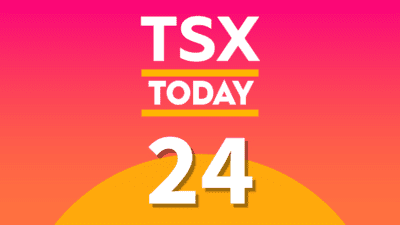When buying stocks, just like buying anything else, you’re better off trying to pay a low price. That is no secret.
Even if you’ve identified a cheap stock, though, that’s not enough. It’s also important to figure out why it’s trading at a discount. Most of the time a company is cheap because of legitimate concerns about its competitive prospects, and in these cases, the stock is likely still too expensive. People often call these stocks “value traps”.
However, at other times a company’s shares are trading at a discount for different reasons. In these situations, you’re more likely to find a buying opportunity. Below we look at three examples.
1. Manulife Financial
At 12 times earnings, Manulife Financial (TSX: MFC)(NYSE: MFC) trades at a discount to its large peers. So the first step is complete: identify the cheap stock. However, Manulife isn’t trading cheaply because of its competitive position, which is stronger than it’s been in a long time.
Rather, there are two reasons why the company trades at a discount. One is its troubled history — Manulife was burned worse than any other Canadian financial institution during the crisis, so investors may still have bad memories. The other reason is the company’s low payout ratio, which results in a dividend yield of only 2.5%.
Neither of these reasons truly justify Manulife’s discount. As a result, this is a great buying opportunity.
2. Fortis
Perhaps there is no company in Canada as stable as Fortis (TSX: FTS). The utility has raised its dividend every year for over 40 years now, and there is nothing wrong with its business prospects.
However, there is also little to get excited about, and rising interest rates have made this company’s dividend less attractive. As a result, the shares have returned only 2.5% over the past 12 months, and its dividend now yields 4%. If you’re looking for a stable dividend payer, this is an opportunity to buy one without paying too much.
3. TransCanada
Understandably, a lot of people are nervous about TransCanada (TSX: TRP)(NYSE: TRP) because of the Keystone XL pipeline. What happens if it’s rejected?
Well, Keystone is just one of TransCanada’s $36 billion worth of commercially secured projects. While Keystone will cost more than the original $5.4 billion estimate, it’s still not a big enough project to make or break the company.
Yet TransCanada trades at a discount, and as a result has a dividend yield of 3.8%, a full percentage point higher than Enbridge.
 2-for1 Sale
2-for1 Sale







